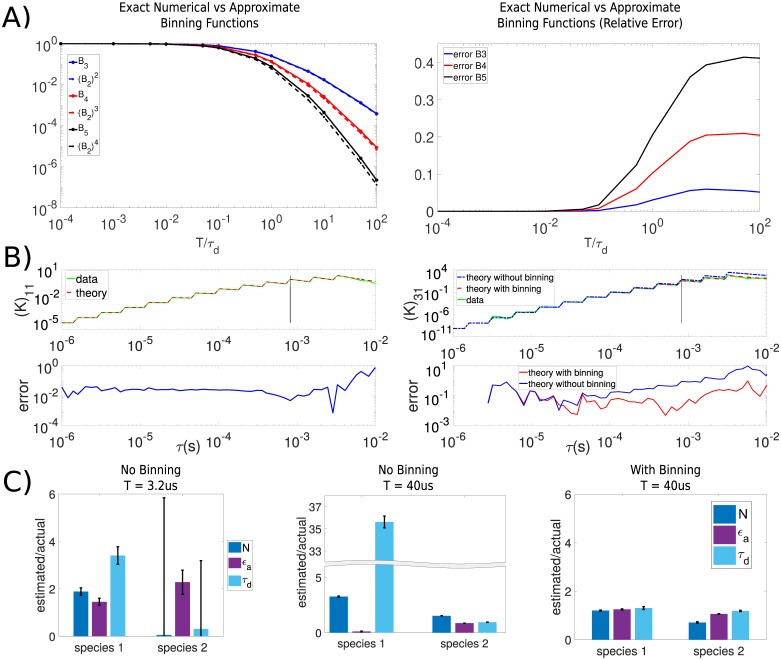Fig 5. cPCH also performs well for large binning times if approximations to the binning functions of TIFCA are used.
A) Approximations of the binning functions (the TIFCA approximation used in FIMDA—Eq 49) are accurate up to third order. We employ bin sizes that increase every 4 τ values and range from T = 200 ns to T = 800 μs. B) Binning functions improve estimates of factorial cumulants. Factorial cumulants estimated empirically (solid lines) from a single species simulated with a diffusion time of τd = 175.7 μs are compared with the corresponding analytical results (dashed lines from Eq 33). The black vertical line indicates the τ(s) at which the binning time exceeds the diffusion time across the observation volume. Binning functions are used to improve the estimate of (K)31 but are not required for (K)11. C) The binning approximations improve inference of biophysical parameters. We simulated the diffusion of two low brightness species for 3 minutes, each at 5 nM with ϵ1 = 17780 counts/s and ϵ2 = 35560 counts/s and with the diffusion time of the second species four times slower than the first (43.92 μs), and then used cPCH to infer parameters. For a bin time of T = 3.2 μs (much less than the shortest diffusion time of the two species) giving only 0.057 and 0.114 counts/bin, inference is correspondingly poor. For T = 40 μs giving 0.711 and 1.422 counts/bin, inference is only accurate if we use the binning approximation.

